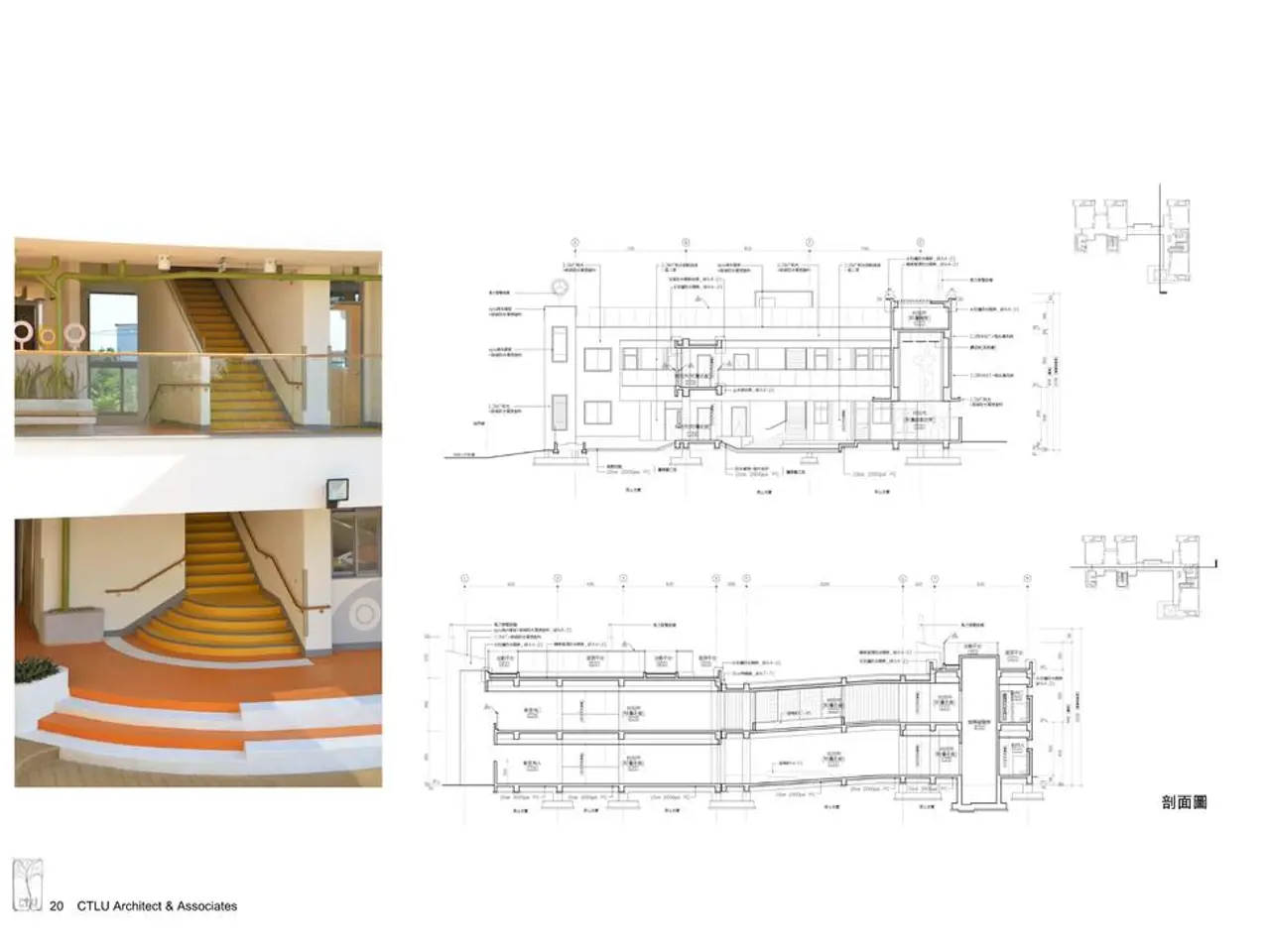Coordinating Time for LEED Green Associate: Optimizing the Integrative Process Impact within LEED Certification
In the world of sustainable construction, the integrative process plays a pivotal role in achieving project management goals. This method of design and construction encourages collaboration among all project stakeholders, from the beginning to the end of a project.
The predesign stage, the earliest phase of a project, is where the project vision, scope, budget, schedule, and performance targets are defined. It is during this stage that setting sustainability and performance goals becomes crucial. By doing so, system selection and graphic design decisions can be informed, ensuring that the project is on track to meet its sustainability objectives.
The integrative process encompasses various systems, including energy, water, materials, indoor environmental quality, and site ecology. By addressing the coordination of building and site systems at the predesign stage, the project team can identify and analyse the interrelationships and synergies among these systems. This proactive approach is essential for designing the highest-performing building, as it allows for the identification of opportunities for systems to work together efficiently.
Maximising LEED points in categories like Energy & Atmosphere and Sustainable Sites can be achieved by addressing system coordination during the predesign stage. This coordination is critical for achieving LEED project goals, as it ensures that the building and site systems are optimally coordinated to maximise the impact of the integrative process.
Later stages like schematic design or detailed design offer less flexibility and miss key opportunities for system coordination. Post-occupancy is too late to impact the design and coordination of building and site systems. Therefore, addressing system coordination during the predesign stage is crucial for the successful implementation of the integrative process.
In conclusion, a proactive approach during the predesign stage is essential for designing the highest-performing building and achieving LEED certification. The recommended phase to address the coordination of building and site systems for maximising the impact of the integrative process in LEED certification is the early design phase, ideally starting during initial planning. This early collaboration between architects, engineers, owners, and other stakeholders enables optimised system integration, leading to a more sustainable and high-performing project.








